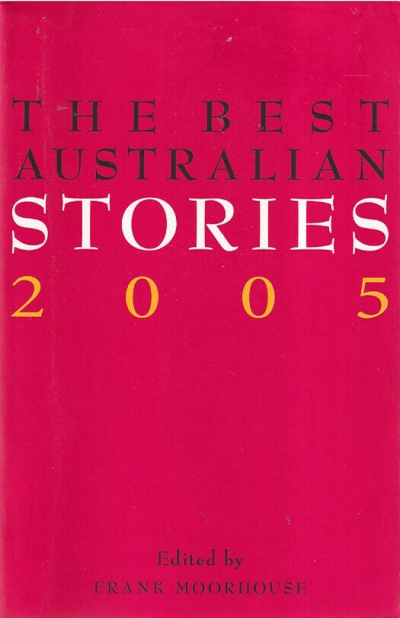Archive
The Collected Verse Of Mary Gilmore: Volume 1 1887–1929 edited by Jennifer Strauss
Ever Yours, C.H. Spence: Catherine Helen Spence’s an autobiography (1825–1910), diary (1894) and some correspondence (1894–1910) edited by Susan Magarey
On Saturday, 3 December 2005, the day after Nguyen Tuong Van was hanged in Singapore, David Marr contributed a major article, ‘Death of compassion’, to the Sydney Morning Herald’s News Review section. A year earlier, Marr had made a welcome return to the SMH following his spell as host of Media Watch. He is always worth reading: informed by broad interests in the arts, politics and religion, an ongoing commitment to investigative journalism following his years at the National Times, and sometimes by moral outrage, Marr’s writings are some of the most elegant and insightful to grace Australia’s daily press.
This particular Saturday, I finished reading his piece feeling curiously frustrated. Marr explored public reaction to the execution, from the deliberately low-key strategy of the convicted drug runner’s legal team and supporters to the public campaign they ran to save him following his failed appeal for clemency. The article was based on a central premise: ‘roughly half the nation was happy to see him [Nguyen] swing.’ The evidence for this claim? ‘Talkback.’
... (read more)








